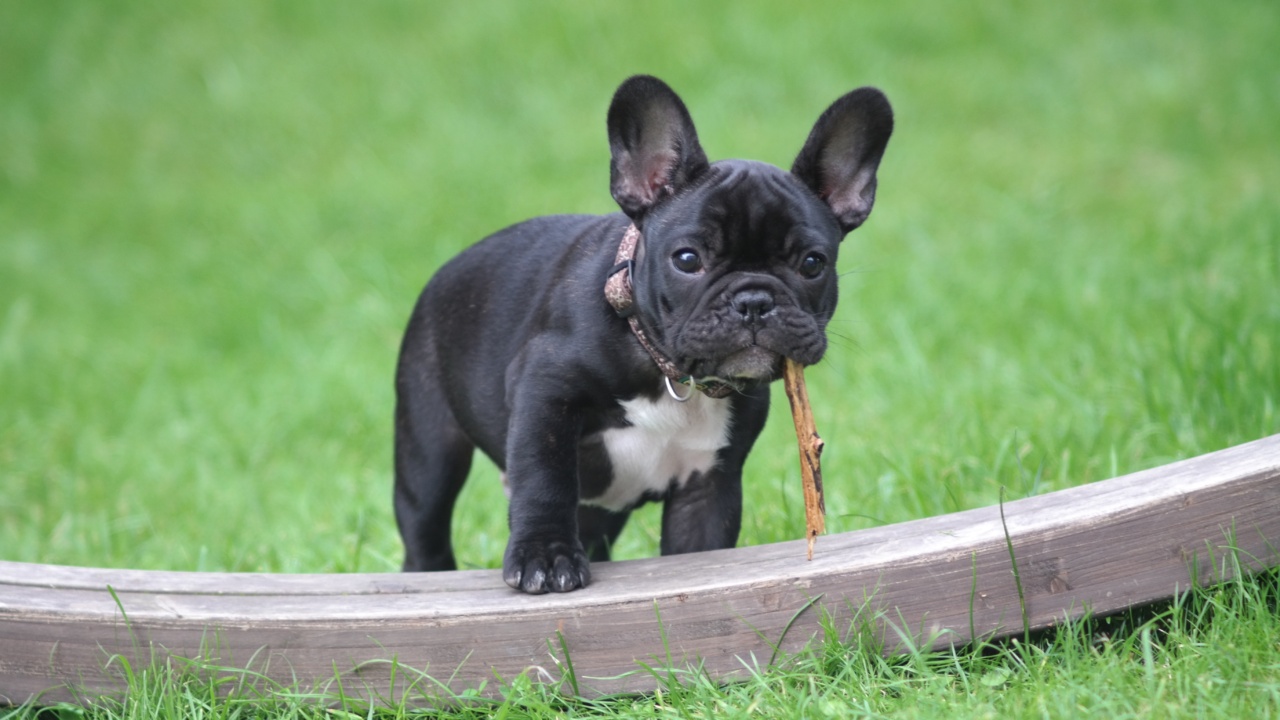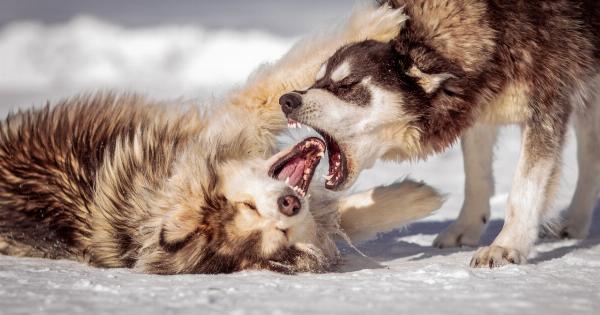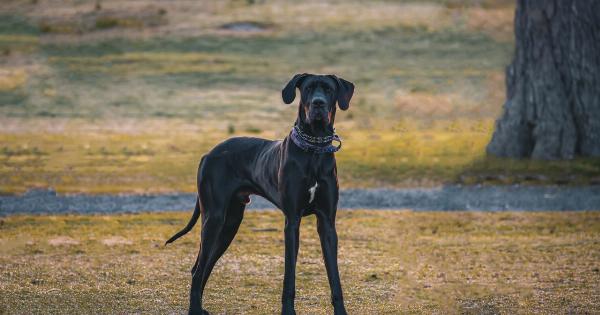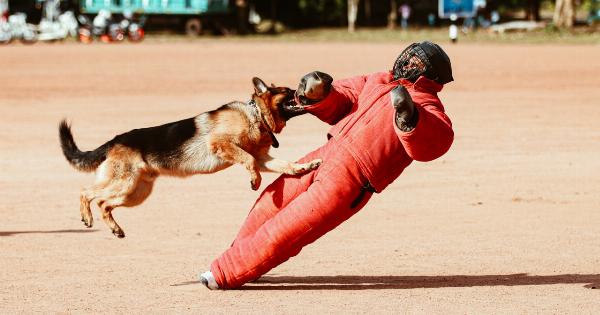It’s distressing and alarming when a beloved pet suddenly bites someone. Dog bites can cause serious injuries and have legal implications.
Understanding the root causes of why your dog bites can help you address the issue effectively and ensure the safety of everyone involved.
1. Fear and Anxiety
Fear and anxiety are common reasons why dogs may resort to biting. Fearful dogs may perceive certain situations or stimuli as threats, triggering their fight-or-flight response.
If a dog feels cornered or believes it has no other option to protect itself, it may resort to biting.
To address this issue, it is important to identify and manage the specific triggers that cause fear and anxiety in your dog.
Gradual desensitization and counter-conditioning techniques, with the guidance of a professional dog trainer or behaviorist, can help your dog overcome its fears without resorting to aggression.
2. Territoriality and Protectiveness
Dogs are known for their territorial instinct, which includes protecting their perceived territory or their human family. When they perceive a threat to their territory or loved ones, dogs may bite as a way to protect what they consider theirs.
Proper socialization from an early age, exposing your dog to various environments, people, and situations, can help mitigate territorial behavior.
Teaching your dog cues and commands like “leave it” or “drop it” can also redirect their focus in potentially tense situations.
3. Resource Guarding
Sometimes, dogs may become possessive of resources such as food, toys, or their favorite resting spots. Resource guarding can lead to aggressive behavior, including biting, as dogs try to protect what they perceive as valuable possessions.
Introducing positive reinforcement training from a young age can help curb resource guarding tendencies.
Teaching your dog to associate positive experiences with people approaching their resources, and providing them with alternatives or distractions, can reduce their need to guard fiercely.
4. Lack of Socialization
Dogs that have not been adequately socialized may display fear or aggression towards unfamiliar people, animals, or situations. They may feel threatened or overwhelmed, leading them to respond with bites as a defense mechanism.
It is crucial to socialize your dog during the early developmental stages. Exposing them to different environments, people, and animals in positive and controlled ways can help them become more confident and less likely to resort to aggression.
5. Previous Traumatic Experiences
Dogs, like humans, can be deeply affected by past traumatic experiences. Dogs that have been abused, neglected, or involved in previous violent encounters may develop fear, anxiety, or defensive aggression.
Providing a loving, stable, and safe environment for your dog is crucial.
Enlisting the help of a professional to address any underlying emotional trauma and implementing behavior modification techniques can help your dog heal and prevent further aggressive behavior.
6. Pain or Discomfort
When dogs experience pain or discomfort, they may react defensively by biting. It is their way of communicating that something is wrong or that they feel vulnerable.
If your dog suddenly starts displaying aggressive behavior, consult with a veterinarian to rule out any underlying medical conditions or pain. Treating or managing the source of pain can alleviate their aggression and prevent future biting incidents.
7. Lack of Training or Structure
Dogs thrive with structure, boundaries, and consistent training. Without proper training and guidance, dogs may become confused, anxious, or frustrated, which can manifest as aggressive behavior.
Invest time and effort in training your dog using positive reinforcement techniques. Teach them basic commands, reward good behavior, and establish clear rules and boundaries.
By providing a structured environment, you can create a sense of stability and reduce the likelihood of biting incidents.
8. Behavioral Warning Signs
Dogs often display warning signs before resorting to biting. Common warning signs include growling, snapping, lunging, raised hackles, and a stiff body posture.
Learning and understanding these signals can help you intervene before the situation escalates.
If your dog consistently exhibits warning signs of aggression, consult with a professional pet behaviorist or dog trainer. They can assess your dog’s behavior and provide tailored guidance to address the underlying causes of aggression.
9. The Importance of Professional Help
Addressing aggression in dogs requires professional guidance. A certified dog trainer or behaviorist can evaluate the situation objectively, determine the root causes of aggression, and develop a customized behavior modification plan.
Remember that aggression is a complex behavior that can stem from various underlying factors.
A professional will have the expertise to identify these factors and develop a comprehensive treatment plan that focuses on positive reinforcement and modifying the dog’s behavior to reduce the risk of biting incidents.
10. Consistency, Patience, and Love
Resolving aggression issues in dogs may take time, dedication, and patience.
Consistency in training, implementing behavior modification techniques, and providing a loving and stable environment are key to helping your dog overcome its aggressive tendencies.
Remember that not all bites can be completely eliminated, but by addressing the root causes of the behavior and implementing appropriate interventions, you can significantly reduce the risk of future incidents.






























